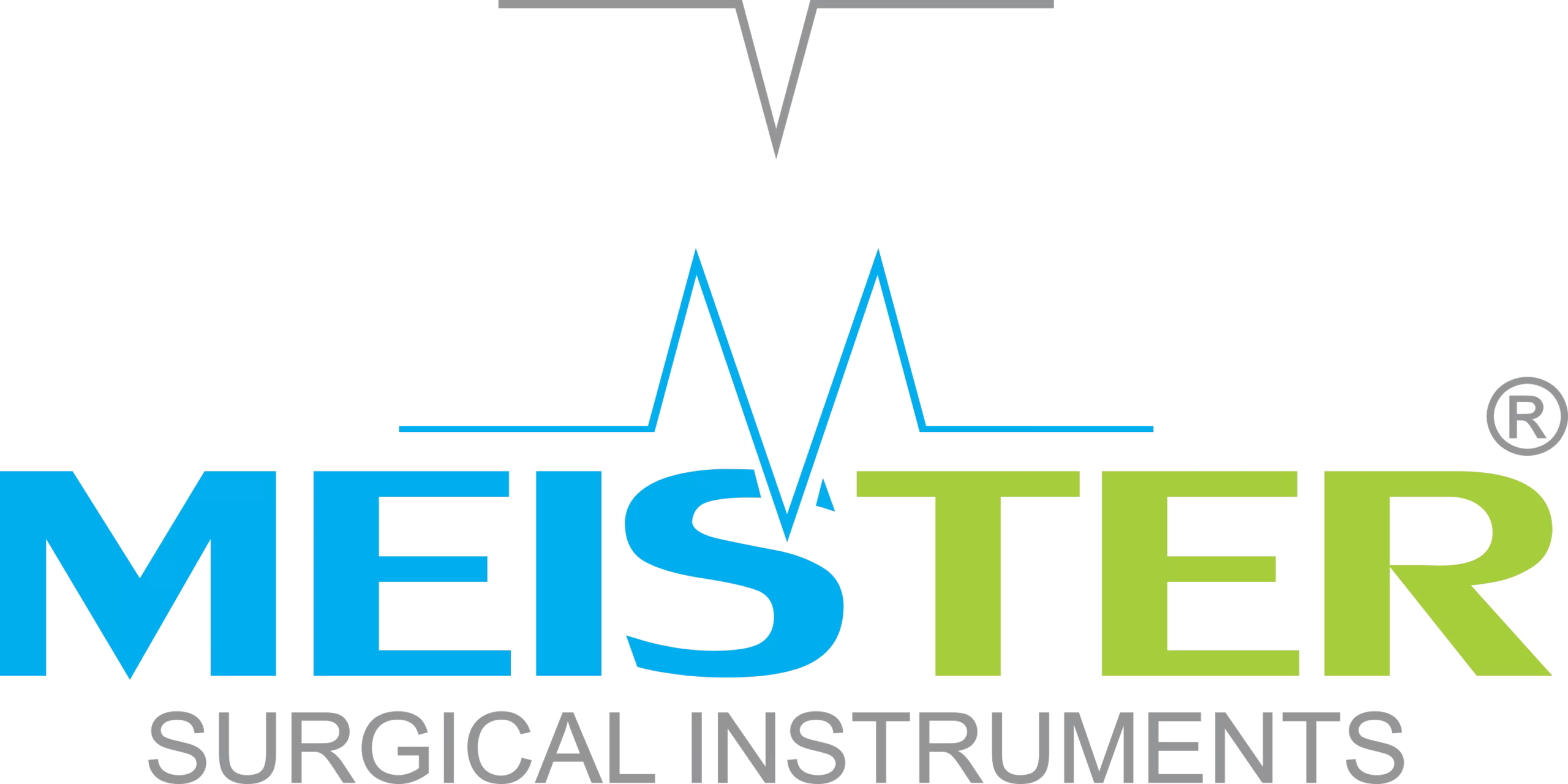When it comes to modern surgery, precision, visibility, and access are crucial. Types of surgical retractor play a vital role in achieving these goals by holding back tissues, organs, or incisions, giving surgeons a clear view of the operative field. Whether you are a medical student, surgical nurse, or healthcare professional, understanding the different types of surgical retractors is essential for safe and efficient procedures.
In this guide, we’ll explore what surgical retractors are, their classifications, and their common uses.
What Are Surgical Retractors?
Surgical retractors are specialized instruments designed to hold back tissues or organs, either manually or mechanically, during an operation. By keeping the surgical site open and stable, retractors help surgeons perform procedures with greater precision and minimal tissue trauma.
Main Types of Surgical Retractors
Surgical retractors can be broadly classified into two categories:
1. Handheld Retractors
These require an assistant or the surgeon to hold them in place throughout the procedure. They are lightweight, easy to maneuver, and commonly used in smaller incisions or superficial surgeries.
Examples:
- Senn Retractor – Used in plastic or small soft-tissue surgeries.
- Army-Navy Retractor – Ideal for general surgical procedures.
- Skin Hook Retractor – Perfect for dermatological or delicate soft tissue surgeries.
2. Self-Retaining Retractors
These retractors lock into position, holding tissues apart without constant assistance, which allows the surgeon to focus entirely on the operation.
Examples:
- Balfour Retractor – Commonly used in abdominal surgeries.
- Weitlaner Retractor – Ideal for orthopedic and general surgical procedures.
- Gelpi Retractor – Perfect for deep tissue retraction in orthopedic and spinal surgeries.
3. Specialty Retractors
Some retractors are designed for very specific procedures.
Examples:
- Rib Spreader (Finochietto Retractor) – Used in thoracic surgery to separate ribs.
- Cerebellar Retractor – Used in neurosurgery.
- Harrington Retractor – Designed for deep abdominal retraction, often referred to as a “Sweetheart retractor.”
Importance of Choosing the Right Retractor
Using the correct type of surgical retractor minimizes tissue trauma, shortens operating time, and improves visibility in the surgical field. Proper selection is critical for patient safety and procedural success.
Conclusion
Understanding the types of surgical retractor helps improve surgical efficiency and ensures better patient outcomes. Whether handheld, self-retaining, or specialty retractors, each has a specific role in modern medicine. At Meister Surgical, we provide high-quality stainless steel surgical retractors that meet international standards for durability and precision.
📩 Contact us at info@meistersurgical.com to learn more or browse our full range of surgical instruments.

